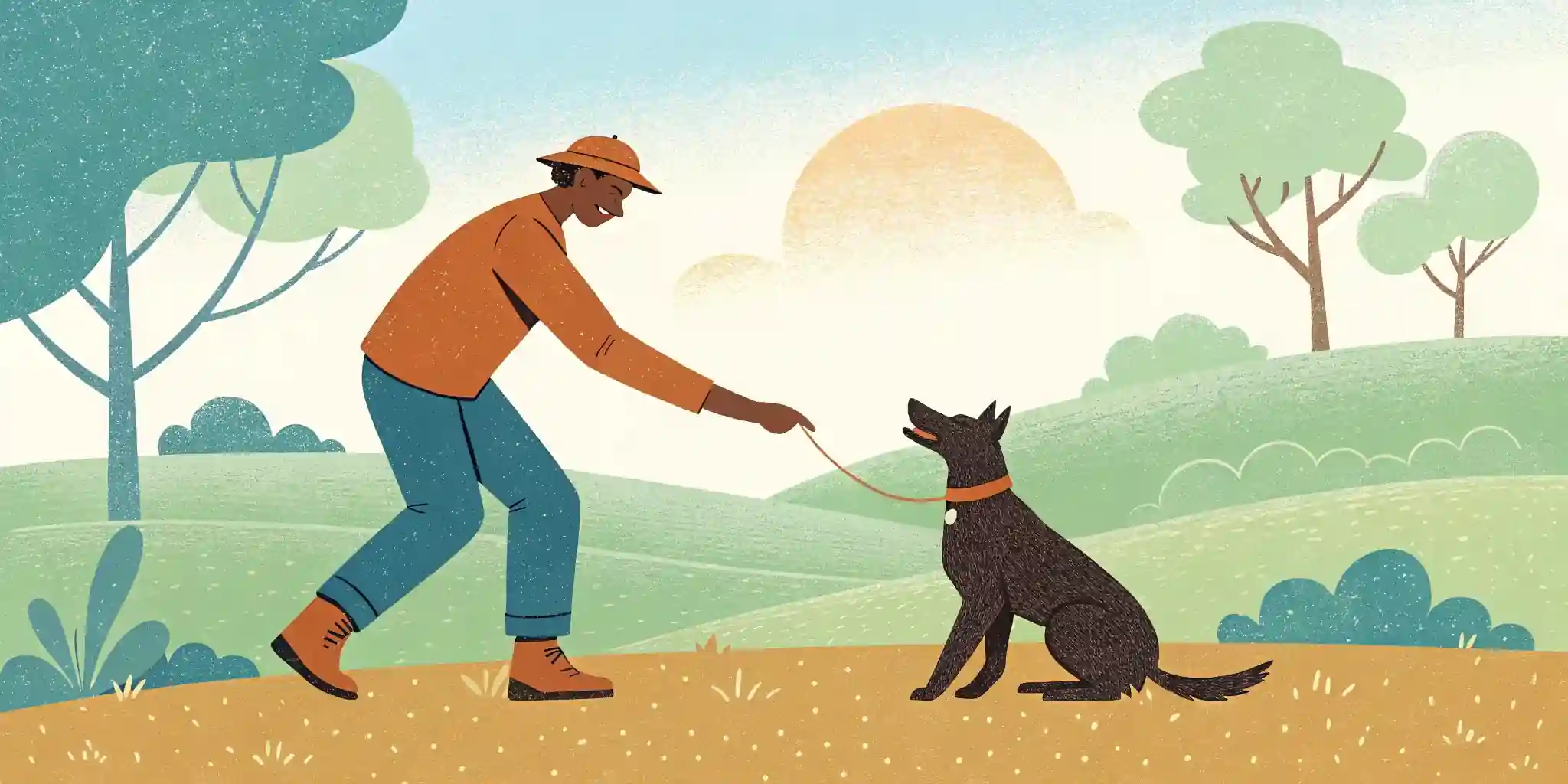
Decode Your Dog: Canine Body Language Explained
Is your dog happy or stressed? Learn to decode **dog body language**! Our guide helps you understand what your furry friend is *really* saying.
Understanding Canine Body Language: What is Your Dog Telling You?
As pet parents, we often wish our dogs could just talk. While they might not be able to use words, our canine companions are constantly communicating with us through their body language. Learning to understand dog body language is essential for building a stronger bond, preventing misunderstandings, and ensuring your dog’s emotional well-being. After all, a happy dog makes for a happy home!
Decoding the Basics: Common Canine Signals
Dogs use a combination of posture, facial expressions, and vocalizations to convey their feelings. Paying attention to these signals is key to understanding what your dog is trying to tell you. Here are some of the most common canine body language cues:
-
Relaxed: A relaxed dog will have a loose body posture, a wagging tail (held at a neutral height), soft eyes, and a slightly open mouth. Their ears will be in a natural position, not pinned back or overly alert.
-
Playful: A playful dog often displays a “play bow” – front legs lowered to the ground with their rear end in the air. You might also see exaggerated movements, bouncing, and a wagging tail. This is often seen when they are wanting to engage in play like fetch with their favorite dog fetch toys.
-
Anxious/Fearful: Signs of anxiety or fear include a tucked tail, flattened ears, wide eyes (“whale eye,” where you see the whites of their eyes), trembling, panting (even when not hot), and lip licking. They might also try to hide or avoid interaction.
-
Aggressive: Aggression can be displayed through a stiff body posture, a raised hackles (the hair on their back standing up), a direct stare, bared teeth, and growling or snapping. It’s important to remember that aggression is often a result of fear or feeling threatened.
-
Submissive: A submissive dog might lower their body, tuck their tail, avoid eye contact, and lick their lips. They may even roll onto their back to expose their belly, which is a sign of vulnerability.
The Importance of Context
Understanding dog communication signals isn’t always straightforward. A wagging tail, for example, doesn’t always mean a happy dog. The position, speed, and overall body language all contribute to the meaning. A slow, low wag can indicate insecurity, while a high, fast wag usually signifies excitement.

Image: A golden retriever happily wagging its tail. Understanding tail wags can provide valuable insights into a dog’s mood and intentions.
Context is crucial. A dog panting while running and playing is normal, but panting in a quiet room could indicate anxiety or overheating. Similarly, a dog barking at the mail carrier is likely showing territorial behavior, while a dog barking during playtime might be expressing excitement. In my experience, observing your dog in different situations and noting their specific behaviors will help you build a better understanding of their individual “language.”
Beyond the Basics: Subtle Signals You Might Be Missing
Many dogs use more subtle signs to communicate their discomfort or stress, which can easily be overlooked. These subtle signs of stress in dogs are vital to recognize for their well-being.
- Yawning: While dogs do yawn when tired, they also yawn when feeling stressed or anxious.
- Lip Licking: Lip licking, especially when not related to eating, can be a sign of anxiety or appeasement.
- Turning Away: If a dog turns their head or body away from you, they might be feeling uncomfortable or overwhelmed.
- Scratching: Excessive scratching, even if the dog doesn’t have fleas, can be a sign of stress.
- Pawing: Pawing can sometimes mean they want attention but also a sign of stress.
Practical Tips for Better Communication
So, how can you become fluent in “dog”?
-
Observe Regularly: Spend time simply watching your dog. Pay attention to their posture, facial expressions, and how they interact with their environment.
-
Learn Their Individual Quirks: Each dog is an individual, and they may have unique ways of expressing themselves. I believe that the more you know your dog, the easier it will be to recognize their specific cues.
-
Avoid Anthropomorphism: Resist the urge to project human emotions onto your dog. Dogs experience the world differently than we do, and their behaviors should be interpreted in a canine context.
-
Be Consistent: Use clear and consistent signals when communicating with your dog. Use positive reinforcement methods to train your dog and teach them basic commands.
-
Consult a Professional: If you are struggling to understand your dog’s behavior or are concerned about aggression or anxiety, consult with a certified dog trainer or veterinary behaviorist. They can provide personalized guidance and help you address any underlying issues.

Image: A dog trainer working with a dog and its owner. Professional guidance can be invaluable in understanding and addressing complex canine behaviors.
Common Misinterpretations: What Owners Often Get Wrong
One common mistake is mistaking a dog’s submissive grin for aggression. A submissive grin involves pulling back the lips to expose the front teeth, often accompanied by a lowered body posture. It’s a sign of appeasement, not a threat.
Another misunderstanding is dismissing excessive barking as simply being “a chatty dog.” While some breeds are more vocal than others, excessive barking can be a sign of boredom, anxiety, or territoriality. Addressing the underlying cause is essential.
Finally, many owners misinterpret a dog’s willingness to share their toys or food as a sign of dominance. Resource guarding, where a dog becomes possessive of their belongings, is often rooted in insecurity and fear of losing those resources. It’s important to address this behavior carefully and seek professional help if needed.
How to Respond Appropriately to Your Dog’s Signals
Understanding your dog’s body language is only half the battle. Knowing how to respond appropriately is equally important.
-
If your dog is showing signs of anxiety or fear: Remove them from the stressful situation if possible. Speak to them in a calm, reassuring voice. Avoid forcing them to interact with whatever is causing their distress.
-
If your dog is displaying aggressive behavior: Never punish them. This can worsen the problem. Instead, remove yourself from the situation and seek professional help from a certified dog trainer or veterinary behaviorist. Understanding aggressive dog behavior is essential for safe interactions.
-
If your dog is showing signs of playfulness: Engage in play! This will help them burn energy and strengthen your bond.
-
If your dog is relaxed and content: Enjoy the moment! A relaxed dog is a happy dog.

Image: A dog curled up and sleeping peacefully. Recognizing signs of relaxation in your dog can bring peace of mind.
The Benefits of Understanding Your Dog
Learning to understand canine communication is one of the most rewarding aspects of pet ownership. It allows you to:
- Build a stronger bond with your dog.
- Prevent misunderstandings and potential conflicts.
- Address your dog’s emotional needs.
- Ensure their safety and well-being.
- Create a happier and more harmonious home.
By investing time and effort into learning about dog body language, you’ll become a better pet parent and your dog will thank you for it!


